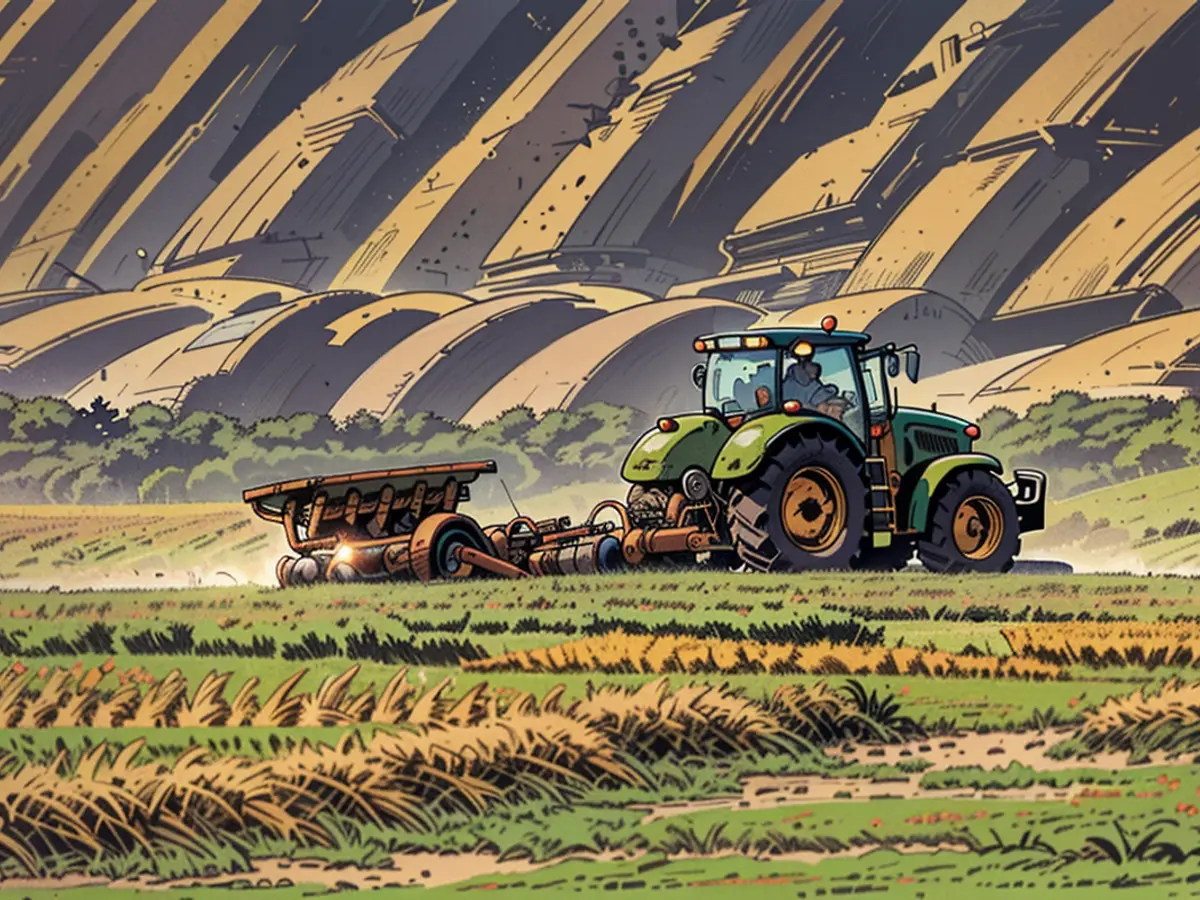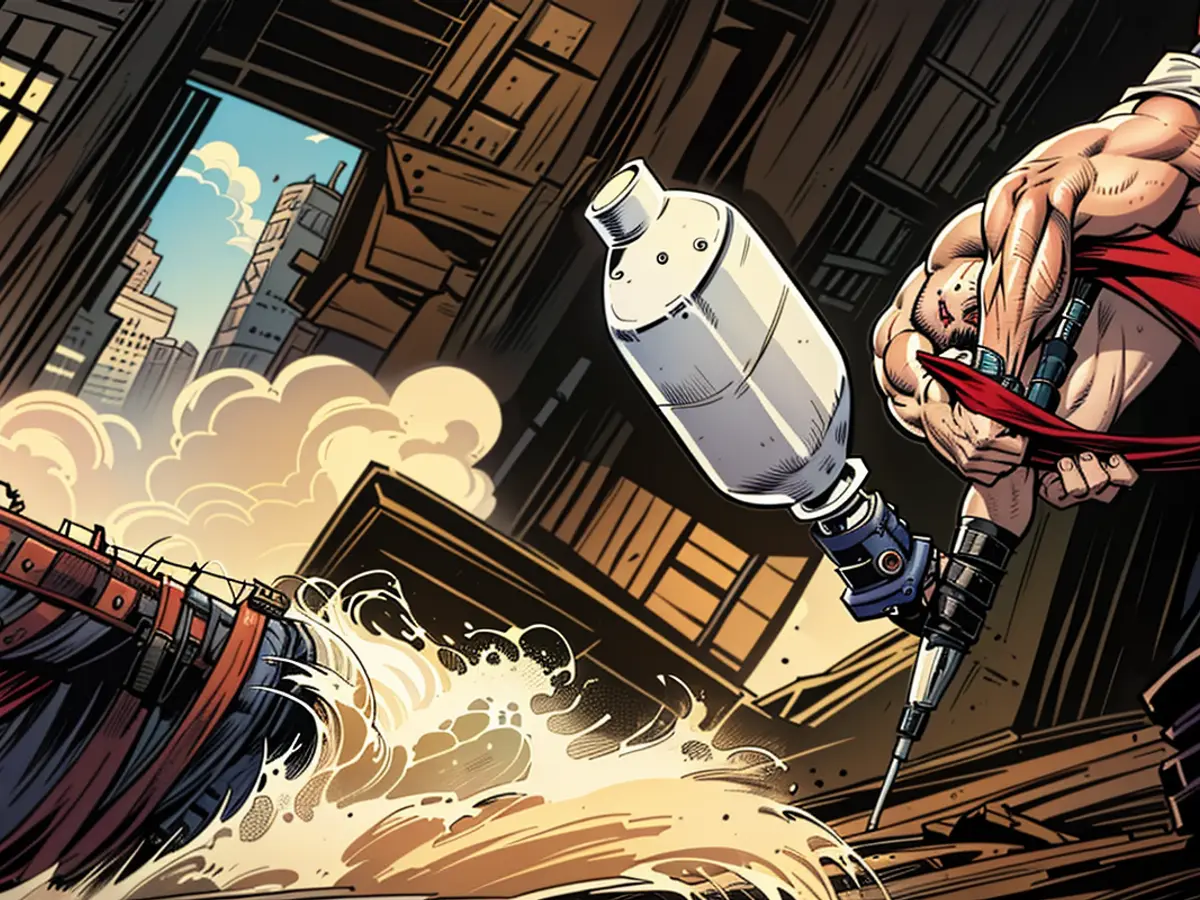- Agriculture main source of income for farmers in MV
Farmers in Mecklenburg-Vorpommern primarily earn their living through arable farming and field cultivation. Around 82 percent of the 4,750 agricultural operations in the state focus on this area, according to the agricultural structure survey by the State Statistical Office for the year 2023. Predominant are the cultivation of cereals and rapeseed, as well as the production of animal feed. The cultivation of maize for biogas production, another pillar of agricultural operations, also occupies areas.
While the number of arable farming operations has grown by 10 percent to 2,380 since 2020, the number of operations keeping dairy cows, fattening cattle, or pigs has been declining for years. According to statistics, these contributed only 12 percent in value to agricultural production in MV last year. 470 operations, or roughly one in ten agricultural enterprises in the state, still combine arable farming and livestock keeping under one roof.
The number of cattle in MV has decreased significantly compared to 1989, with the number of cows dropping by two-thirds from nearly 1.3 million to 457,000, and the number of pigs decreasing by 80 percent to 568,000. However, the number of chickens and turkeys has increased in the northeast according to statistics.
Organic farming, according to the agricultural structure survey, is on the rise, now operated by 1,150 operations and 24 percent of agricultural enterprises in the state. However, these are often relatively smaller operations, together farming around 200,000 hectares, or roughly 15 percent of the agricultural land.
Other animal species, such as goats or sheep, also have a smaller presence in agricultural operations in Mecklenburg-Vorpommern, accounting for a minimal percentage of the overall value production. Despite the decline in the number of traditional livestock, there's an increasing interest in diversifying farm activities with alternative livestock, like alpacas or emus, among some farmers in the region.







